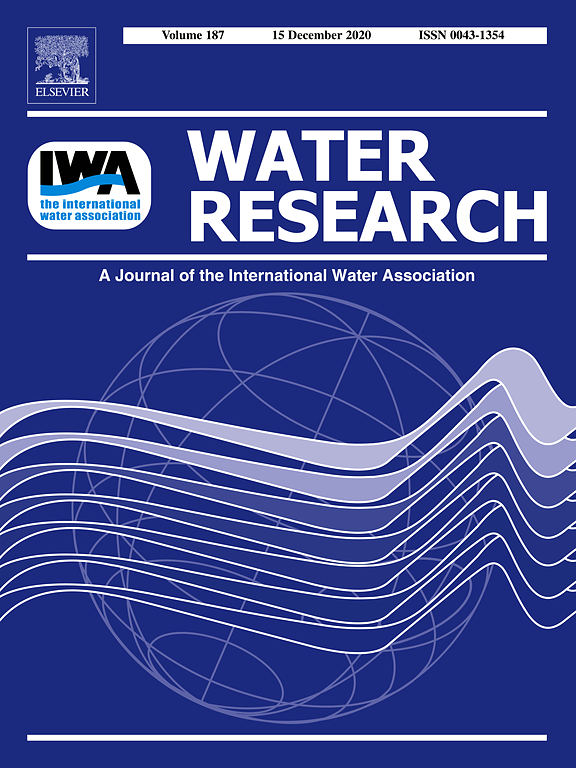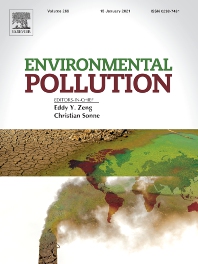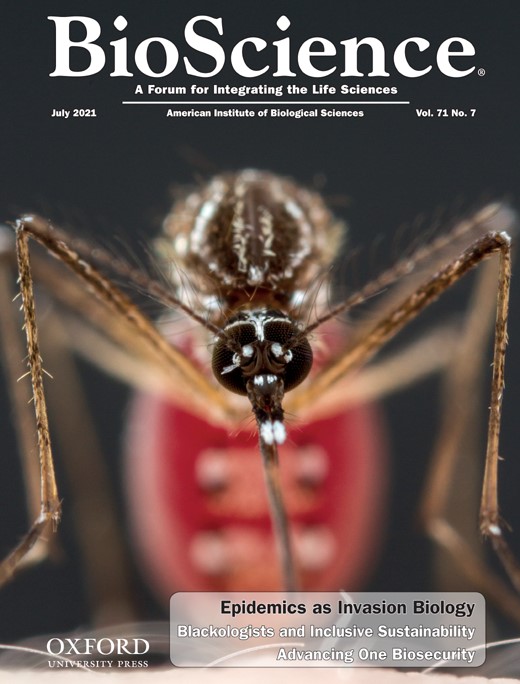Please find all scientific publications of IGB under > scientific publications
For more detailed information please refer to our > library catalogue
91 - 100 of 150 items
- Department:(Dept. 3) Plankton and Microbial Ecology

June 2024
Marine Genomics. - 75(2024), Art. 101111
Complete genome sequencing of Hortaea werneckii M-3 for identifying polyester polyurethane degrading enzymes
Minghuang Ling; Kai Zhang; Juan Hu; Xiaomei Huang; Gaili Fan; Hans-Peter Grossart; Zhuhua Luo
June 2024
Science. - 384(2024)6701, 1191-1195
Human activities shape global patterns of decomposition rates in rivers
S. D. Tiegs; K. A. Capps; D. M. Costello; J. P. Schmidt; C. J. Patrick; J. J. Follstad Shah; C. J. LeRoy; the CELLDEX Consortium
May 2024
Water Research. - 255(2024)1, Art. 121497
Unlocking the potential of bacterioplankton-mediated microcystin degradation and removal: A bibliometric analysis of sustainable water treatment strategies
Richard Mugani; Fatima El Khalloufi; El Mahdi Redouane; Mohammed Haida; Roseline Prisca Aba; Yasser Essadki; Soukaina El Amrani Zerrifi; Abdessamad Hejjaj; Naaila Ouazzani; Alexandre Campos; Hans-Peter Grossart; Laila Mandi; Vitor Vasconcelos; Brahim Oudra
May 2024
Environmental Pollution. - 348(2024), Art. 123878
Evaluating microcystinase A-based approach on microcystins degradation during harvested cyanobacterial blooms
Siyu Yang; Jun Zuo; Hans-Peter Grossart; Guofei Dai; Jin Liu; Lirong Song; Nanqin Gan
May 2024
Journal of Cleaner Production. - 452(2024), Art. 142187
Innovative approaches for Microcystin removal: Bacterioplankton biodegradation and multi-soil-layering system performance assessment
Richard Mugani; Fatima El Khalloufi; Roseline Prisca Aba; El Mahdi Redouane; Mohammed Haida; Yasser Essadki; Soukaina El Amrani Zerrifi; Abdessamad Hejjaj; Naaila Ouazzani; Joana Azevedo; Alexandre Campos; Hans-Peter Grossart; Vitor Vasconcelos; Brahim Oudra; Laila Mandi

May 2024
Harmful Algae. - 135(2024), Art. 102631
Monitoring of toxic cyanobacterial blooms in Lalla Takerkoust reservoir by satellite imagery and microcystin transfer to surrounding farms
Richard Mugani; Fatima El Khalloufi; Minoru Kasada; El Mahdi Redouane; Mohammed Haida; Roseline Prisca Aba; Yasser Essadki; Soukaina El Amrani Zerrifi; Sven-Oliver Herter; Abdessamad Hejjaj; Faissal Aziz; Naaila Ouazzani; Joana Azevedo; Alexandre Campos; Anke Putschew; Hans-Peter Grossart; Laila Mandi; Vitor Vasconcelos; Brahim Oudra
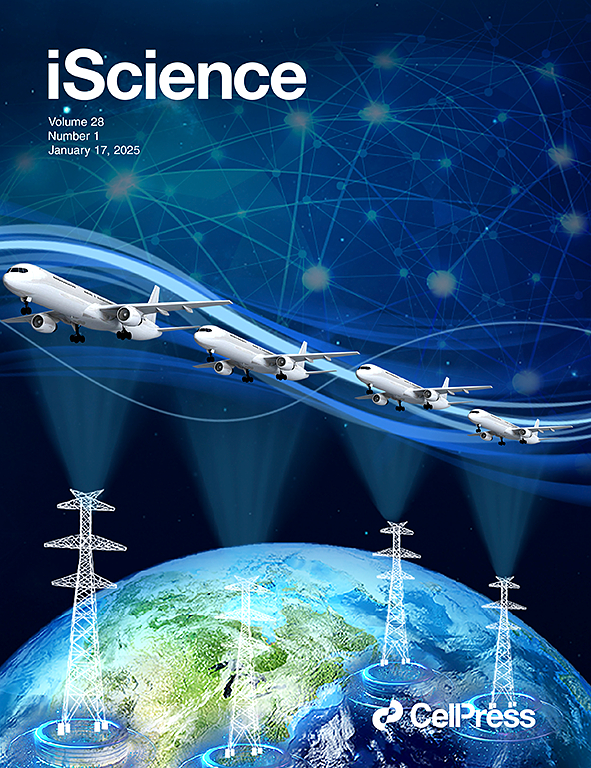
April 2024
iScience. - 27(2024)4, Art. 109520
Spatio-temporal variations of methane fluxes in sediments of a deep stratified temperate lake
Manchun Kang; Liu Liu; Hans-Peter Grossart
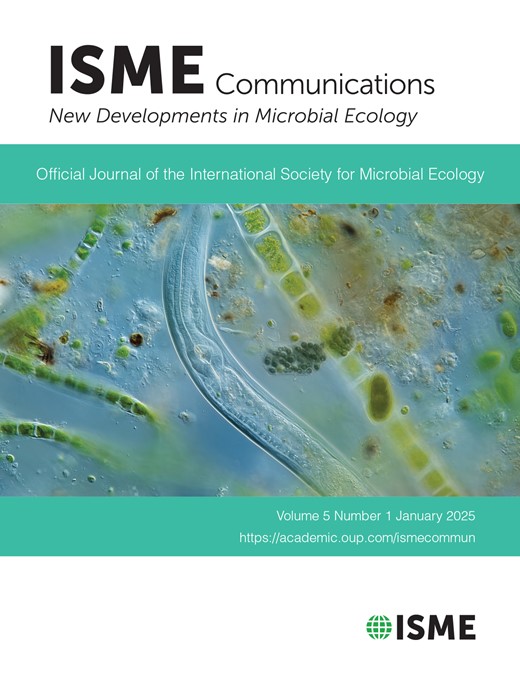
April 2024
ISME Communications. - 4(2024)1, Art. ycae056
Convergence effect during spatiotemporal succession of lacustrine plastisphere: loss of priority effects and turnover of microbial species
Weihong Zhang; Shuxin Liang; Hans-Peter Grossart; Joseph Alexander Christie-Oleza; Geoffrey Michael Gadd; Yuyi Yang
March 2024
Water Research. - 254(2024), Art. 121344
Community stability of free-living and particle-attached bacteria in a subtropical reservoir with salinity fluctuations over 3 years
Xue Yan; Shuzhen Li; Mamun Abdullah Al; Yuanyuan Mo; Jun Zuo; Hans-Peter Grossart; Hongteng Zhang; Yigang Yang; Erik Jeppesen; Jun Yang
The study explored changes in community stability of free-living (FL) and particle-attached (PA) bacteria in a shallow urban reservoir in subtropical China for 3 years. Salinity was the strongest environmental factor determining FL and PA bacteria communities whereby salinity increased the compositional stability, but decreased α-diversity.
February 2024
BioScience. - XX(2024)X, XX–XX
The potential of historical spy-satellite imagery to support research in ecology and conservation
Catalina Munteanu; Benjamin M. Kraemer; Henry H. Hansen; Sofia Miguel; E.J. Milner-Gulland; Mihai Nita; Igor Ogashawara; Volker C. Radeloff; Simone Roverelli; Oleksandra O. Shumilova; Ilse Storch; Tobias Kuemmerle
This study evaluated the spatial, temporal, and seasonal coverage of over one million declassified images from 4 US spy-satellite programmes, showing that this data spans nearly the entire globe and all seasons. Their use could lead to better mapping of the historical extent and structure of ecosystems and human impacts, and help reconstruct past habitats and species distributions.



